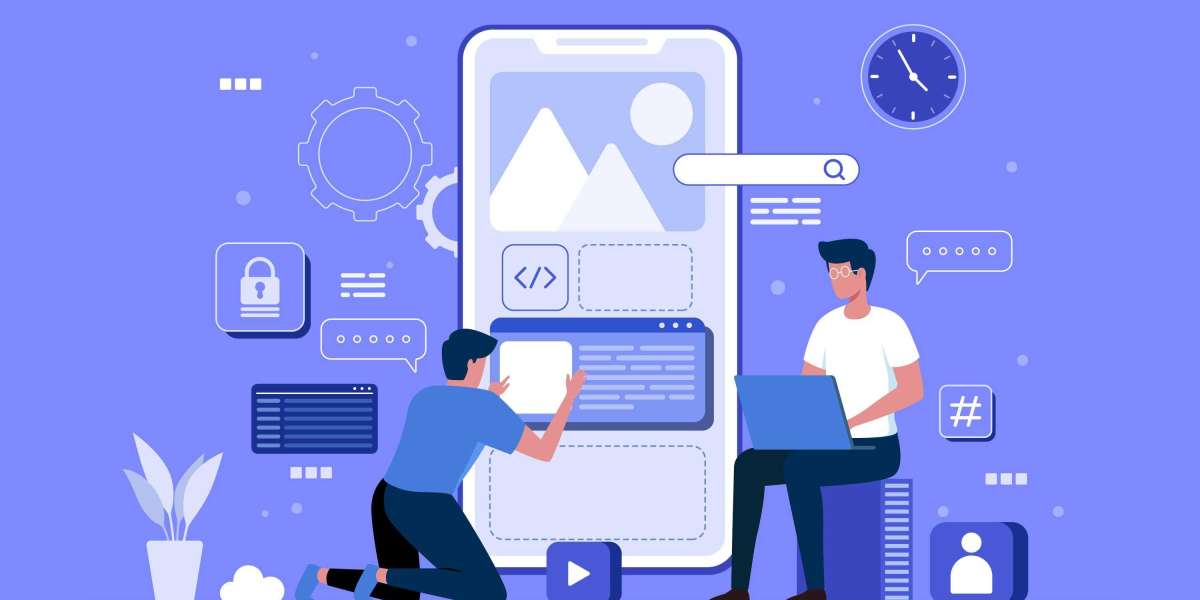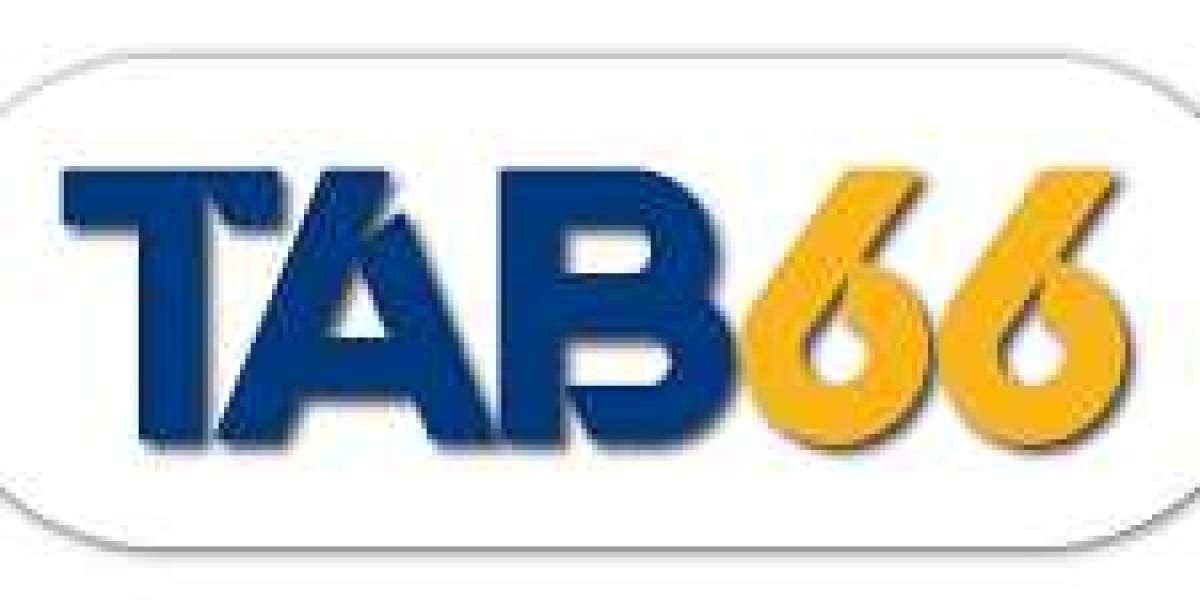Introduction
The Internet of Things (IoT) has emerged as a revolutionary force in various industries, and its impact on healthcare is particularly profound. The integration of IoT in healthcare, often referred to as Healthcare IoT (HIoT), has paved the way for improved patient outcomes, enhanced operational efficiency, and a more patient-centric approach to healthcare delivery. In this article, we will explore the key applications, benefits, and challenges of IoT in healthcare.
Key Applications of IoT in Healthcare
Remote Patient Monitoring (RPM): One of the primary applications of IoT in healthcare is remote patient monitoring. Wearable devices, sensors, and connected medical devices allow healthcare providers to collect real-time data on patients' vital signs, activities, and overall health. This enables early detection of health issues, timely interventions, and personalized treatment plans.
Smart Hospitals: IoT facilitates the creation of smart hospitals where interconnected devices and systems streamline operations. Automated temperature and lighting controls, asset tracking, and real-time location systems (RTLS) improve the overall efficiency of hospital infrastructure. Additionally, IoT plays a crucial role in managing and optimizing the utilization of medical equipment.
Medication Adherence: IoT-enabled pill dispensers and smart medication packaging help patients adhere to their prescribed medication schedules. These devices send reminders to patients, track medication consumption, and provide healthcare providers with insights into patient adherence patterns.
Telehealth and Telemedicine: IoT supports the growth of telehealth and telemedicine by enabling remote consultations, virtual health monitoring, and video conferencing. Connected devices allow healthcare professionals to assess patients' conditions without physical presence, reducing the need for in-person visits and improving accessibility to healthcare services.
Benefits of IoT in Healthcare
Enhanced Patient Outcomes: IoT facilitates proactive and preventive healthcare by enabling continuous monitoring of patients. This leads to early detection of health issues, timely interventions, and ultimately, improved patient outcomes.
Operational Efficiency: Smart hospitals with IoT integration experience improved operational efficiency through automated processes, asset tracking, and data-driven decision-making. This results in cost savings, reduced errors, and optimized resource utilization.
Personalized Medicine: The wealth of data collected through IoT devices allows healthcare providers to tailor treatment plans to individual patients. Personalized medicine based on real-time patient data leads to more effective and targeted interventions.
Patient Empowerment: IoT empowers patients to actively participate in their healthcare. Access to personal health data, real-time monitoring, and self-management tools enable patients to make informed decisions about their well-being.
Challenges and Considerations
Data Security and Privacy: The massive amount of sensitive health data generated by IoT devices raises concerns about data security and patient privacy. Implementing robust security measures and compliance with regulations such as HIPAA (Health Insurance Portability and Accountability Act) are imperative.
Interoperability: The interoperability of various IoT devices and platforms is a challenge. Standardization efforts are crucial to ensure seamless communication and data exchange between different systems.
Regulatory Compliance: Healthcare IoT solutions must comply with stringent regulatory standards to ensure the safety and efficacy of devices. Navigating the regulatory landscape is a complex process that requires close collaboration between technology developers and healthcare regulators.
Conclusion
IoT in healthcare represents a transformative force that has the potential to reshape the industry and improve patient care significantly. By addressing challenges related to data security, interoperability, and regulatory compliance, stakeholders can unlock the full potential of Healthcare IoT. As technology continues to advance, the integration of IoT will play a central role in creating a more connected, efficient, and patient-centric healthcare ecosystem.



